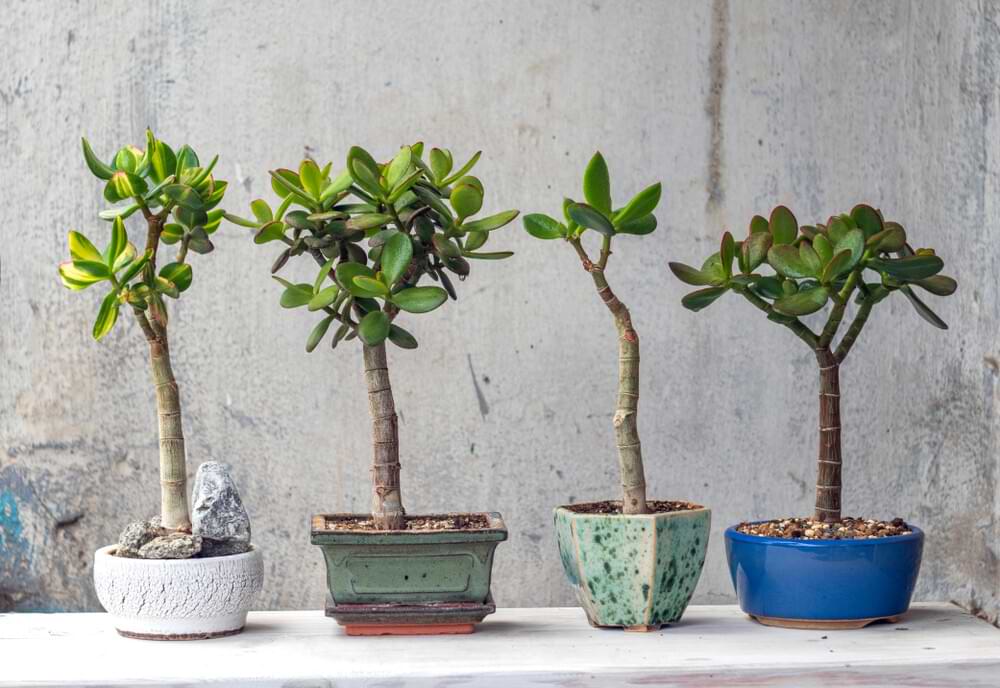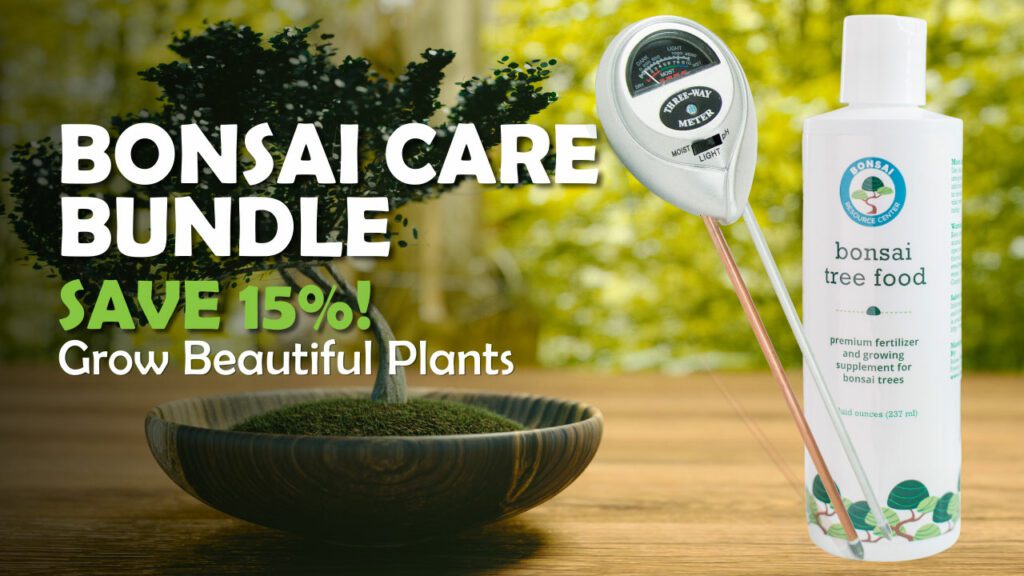Everything You Need to Know to Master Backyard Bonsai
A quick Google search for bonsai trees returns a sea of Instagram-worthy indoor displays. But did you know most bonsai are happiest in the great outdoors? Just like regular-sized trees, bonsai thrive in fresh air and the natural elements.
But hold tight! Before you add a tiny tree to your outdoor collection, there are a few things you need to know.
Let’s take a look at a few of the best outdoor bonsai trees for beginners—and what you need to know before you grow your own.
Best Outdoor Bonsai Trees by Climate
To survive outside (or inside, for that matter) your tree needs an environment similar to its native habitat. While you can control the conditions in which your tree grows with certain tools and strategies, as a beginner, we recommend choosing a species that is already compatible with the climate in your region.
Best Outdoor Bonsai Trees for Cold Regions
If you live somewhere with harsh winters, most bonsai will require a little extra protection. Many species will do fine in a cold house or unheated garage, but starting out with a particularly cold-hardy bonsai can ease beginner’s anxiety those first few frigid months.
Our Cold-Weather Bonsai VIPs
- Japanese maple: These frost-hardy trees do well outdoors even when trained as bonsai. With proper winter care, they’ll be happy outside in conditions as cold as 15°F (any colder and we recommend placing them in a cold house or garage).
- Mugo pine: The mugo pine is one of the toughest members of the pine family. Like all pines, you’ll want to keep it cool or cold during the winter months (i.e., no indoor winter storage). Protect delicate roots from harsh freezes by burying your tree or pot in the ground and mulching over the surface.
Best Outdoor Bonsai Trees for Temperate Regions
With mild winters and pleasant summers, temperate climates are favorable to many types of bonsai. We think, however, the following species are the best bets for beginners.
Our Temperate-Weather Bonsai VIPs
- Juniper: This popular bonsai is happy outside year-round in a bright, well-lit location. If temperatures drop below 15°F during the dormant season, protect the tree in a cold house or shed. For mild winters, the bury-and-mulch approach works best.
- Chinese elm: Another popular bonsai, the Chinese elm is happiest in full sun or partial shade. It can be left outdoors throughout the winter but should be given some protection if there will be substantial frost. Some species will lose their leaves and others won’t—don’t worry, they grow back!
- Olive: Your olive bonsai will be happy outside for much of the year, but will need to be moved into a cold greenhouse or other frost-free space if temperatures dip into the 30s. Olive bonsai do not have a dormant season, so you’ll want to make sure it still receives natural or artificial light throughout the winter.
Best Outdoor Bonsai Trees for Warm Regions
Live somewhere hot and muggy? Turn up the heat with these beginner-friendly outdoor bonsai trees. Here are a few of our favorites:
Our Warm-Weather Bonsai Tree VIPs
- Azaleas: Native to warm regions on several different continents, azaleas thrive in full sun (but like a little midday shade at the peak of summer). While established trees can endure a little frost, it’s best to move them indoors if the temperature will drop below 40°F for an extended period of time.
- Jade: While jade bonsai are a popular indoor variety, they love the great outdoors in the right conditions. Outside, they prefer full-sun, high-heat environments. Like the azalea, these freeze-babies need to come inside when the temperature dips below 40.
- Hawaiian umbrella: A fan favorite for hot and humid climates, the Hawaiian umbrella is an excellent low-maintenance pick for beginner growers. The hotter and muggier, the better; just watch for leaf burn and provide partial shade if necessary.
Seasonal Care for Your Outdoor Bonsai Tree
No matter where you live or what species you select, you’ll need to give your bonsai proper care throughout the seasons. We strongly advise researching your specific tree and climate, but these best practices will set you off on the right foot no matter what.
Best Outdoor Bonsai Tree Care: Growing Season
- Conditions: Emulate your tree’s natural conditions as closely as possible. This means controlling for factors such as sunlight, temperature, and humidity. Your local nursery or online bonsai groups (like ours!) can help answer your specific questions.
- Let there be light!: As a rule of thumb, bonsai love plenty of sunlight during the growing season. If you’ve got a heat-sensitive variety, however, provide a little extra shade.
- Fertilizer: Stop fertilizing cool-weather species in August to allow them to prepare for their dormant period.
- Pest patrol: Your tree is much more vulnerable during dormancy. Examine thoroughly for pests in Autumn to nip any problems in the bud.
Outdoor Bonsai Tree Care: Over-Wintering
- Extra protection: Even most cold-tolerant species will need a little extra protection in the winter. Store them in a cold house or unheated garage for a happy slumber.
- Dig in!: Some cold-hardy species can endure winter outdoors. Just dig a hole, place your pot in it, water well, and mulch!
- Winter watering: While less frequently, trees stored in a cold house or garage will still need to be watered during the winter. Check periodically to see if the soil has dried up.
- Keep it steady: When storing in a garage or cool house, maintain a steady temperature somewhere between 20-50°F. This prevents irregular thaws, which can stress out your tree.
- Light: Dormant trees do not need sunlight. Once it starts to get warmer, however, move them to a well-lit place and resume watering as they wake.
What species do YOU think makes the best outdoor bonsai tree? Tell us your favorite in our Facebook group.
Bonsai With Us!
The Bonsai Resource Center is here to help you learn the best bonsai tree care and provide you with the tools you need to keep your tree healthy and strong. Explore our other articles, visit our online shop, and connect with other bonsai lovers in our Facebook group to learn everything you need to know about this rewarding hobby!
More Bonsai Tree Care Resources
How to Care for Your Bonsai Fruit Tree (and Our Three Favorites!)



